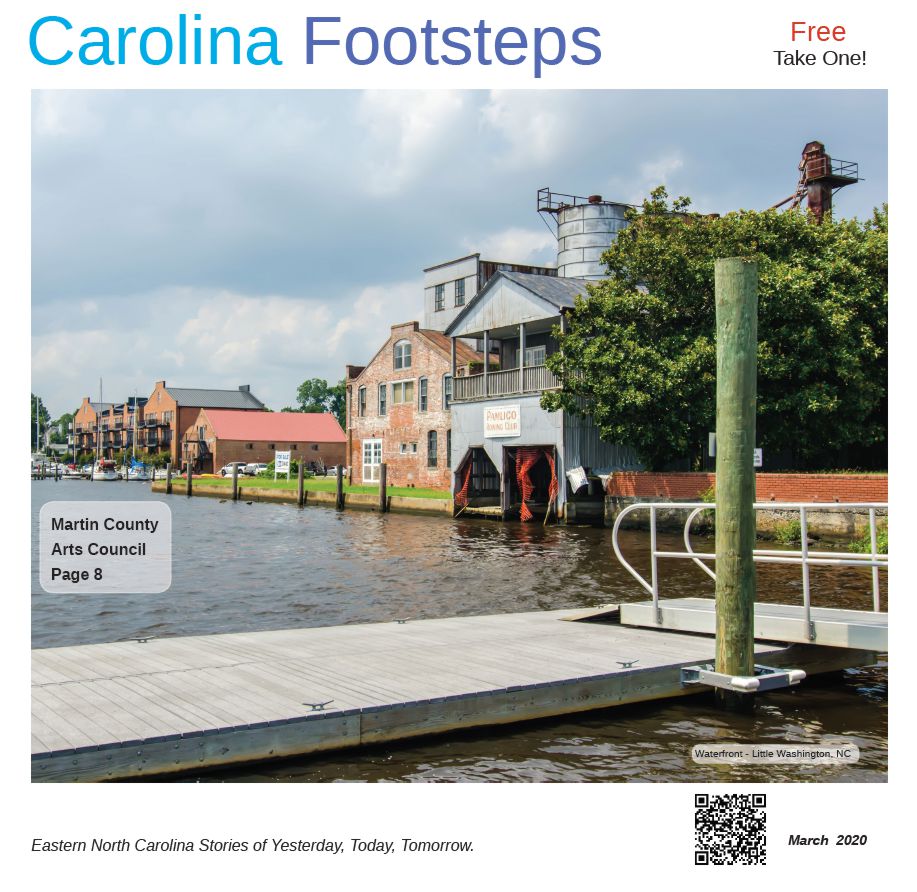Introduction
When Mr. Perry first proposed to me a series of articles to present Orthodox Christianity to a general American audience, I had a déjà vu moment—a remembrance of standing on a dune one evening and gazing out across the ocean; feeling a vastness, an unfathomable depth; recollecting the terror of a black night in a small boat on an angry, wild sea; knowing a wonder, an unspeakable beauty, a fear, an awe.
For what is religion? In its superficial levels, it’s many things to many people. But in the end, in the deep places, it cones down to a point. And as we approach that point, the questions become few and elemental: What of suffering? What is it, this thing, to exist? In the words of Pushkin, “Life, unsolicited gift, random chance…Why have you been given me?”
The man whose heart is not drawn by these aching questions lacks a measure of humanity; his humanity is as yet in a nascent, a potential state. And to him, religion will be something different than it is for the one who feels noetically the grief, the wonder, the terror, the unendurable beauty of this incomprehensible thing we term existence.
And so I looked on Mr. Perry’s proposal with bewilderment: where does one begin, to convey the encounter with elemental existence? Well, any beginning will be, necessarily, incomplete. I pick a place and start.
Historically, Orthodox Christianity is the original, ancient Christianity—doctrinally and liturgically intact, contiguous and undistorted since the year 33. Each of her bishops can trace his lineage, unbroken, from an Apostle. Her liturgy is in direct continuity with the Tabernacle in the desert, the Temple of Jerusalem, the synagogues of the first century, the catacombs of the persecutions of the early centuries. A first century Christian would recognize and follow an Orthodox liturgy as it is offered today. The New Testament scriptures are an expression of this ancient Christian tradition, recorded by Orthodox Christian pens in the first and second centuries, out of an already established tradition.
Numerically, Orthodoxy is the second-largest doctrinally distinct Christian group, only Roman Catholicism being professed by more persons.
Geographically, Orthodoxy has been the Christianity of Russia and Eastern Europe, Greece, and the Middle East and North Africa. There are significant Orthodox Christian minorities in many Arab lands, and in Turkey and Iran. In North America, Orthodox Christianity, until recent years, has principally been limited to ethnic enclaves in big cities, where its churches have sometimes been viewed as “ethnic clubs.” But with the insidious infiltration of humanism into contemporary western Christianity, many disaffected westerners, seeking a purer expression of the Faith, have been discovering their Christian roots in Orthodoxy, and she is one of the fastest-growing churches in North America—and particularly in the Southeast.
Doctrinally, theologically, and liturgically, Orthodoxy is united. While the various national churches have characteristic musical traditions, and praxis may vary in minor ways among jurisdictions, there are no doctrinal and no meaningful liturgical differences whatever among them. As an Orthodox Christian, I can attend and understand the services, and receive the sacraments, and trust the fidelity of the Teaching professed at any canonical Orthodox church in the world.
Orthodoxy is characterized particularly by its experience of suffering. As early as the fourth century, St. Gregory Nazianzen spoke of “suffering Orthodoxy.” Consider the Roman persecutions, and then the horrors inflicted on North Africa and the Middle East (Christian lands from the fourth century to the seventh) at the spread of Mohammedanism by the sword; consider the horrors and persecution of the Greeks and Slavs at the hands of the Ottomans, and the massacre at Smyrna; the horrors of Russia in the centuries of the Tatar yoke, and then the vicious suppression of the Church by the Nazis and their allies in the Balkans, and the oppression and gulags of Russia and Eastern Europe under
Communism. More Orthodox have been martyred than any other Christian group, and this history of
oppression and grief has done much to keep pure the Orthodox understanding of the truth of the
human condition. And as many western Christian churches fall increasingly under the narcotic
influence of the mind of this aberrant and reprobate time, one senses them diverging ever further from the ancient and Orthodox understanding of the faith.
It is important, I think, to say a word about what Orthodoxy is not. It is not Protestantism, Roman
Catholicism, a philosophy, a code of rules, or Eastern mysticism—though any of these may share
something with her.
Most important for us, I believe, is the Orthodox Church’s firm understanding that she is a hospital: in the words of Fr. David Moser:… what is [Orthodoxy]?
First, Orthodoxy is a course of therapy or treatment for our spiritual illness. We are all infected with the disease of sin, which results in death (that is, alienation from God); and God, in His infinite mercy and love, has given us a treatment for that illness. He gives us the medicine of His grace, which counteracts the corruption of sin. He then also gives us a course of rehabilitation, by which we overcome the effects of sin in us … and which restores us to communion with God. Thus we have the rhythm of our spiritual life: the feasts and fasts, the services of the Church, the prayer rules, the daily remembrances of God’s mercy and provision for us. The more fully we participate in this “course of treatment,” the more frequently we avail ourselves of the medicine of grace in the sacraments, the more effective it is for our cure.
Article respectfully submitted by N. M.
Tradewinds Flashback - Orthodox Christianity article Feb - March 2014
 Reviewed by kensunm
on
9:00:00 AM
Rating:
Reviewed by kensunm
on
9:00:00 AM
Rating:
 Reviewed by kensunm
on
9:00:00 AM
Rating:
Reviewed by kensunm
on
9:00:00 AM
Rating:









No comments: